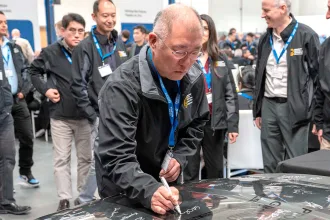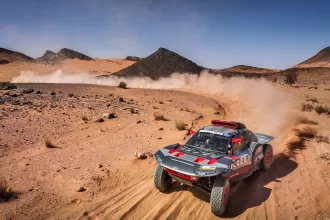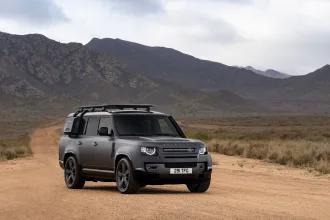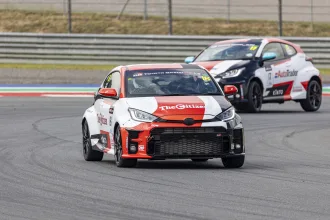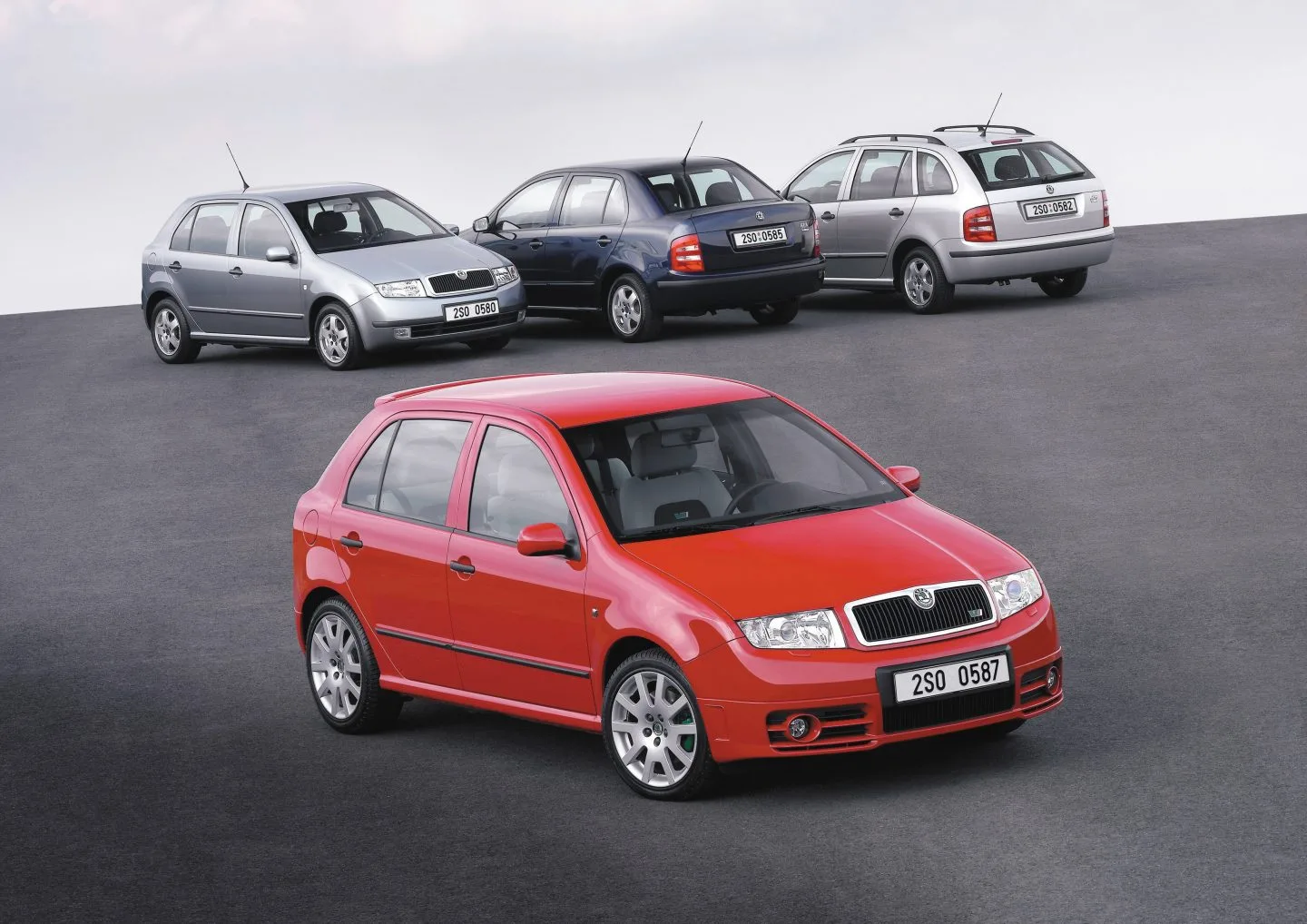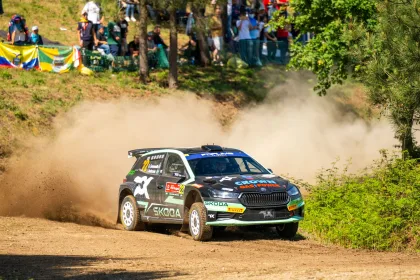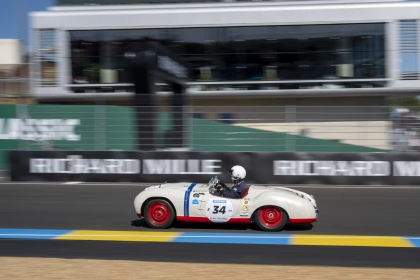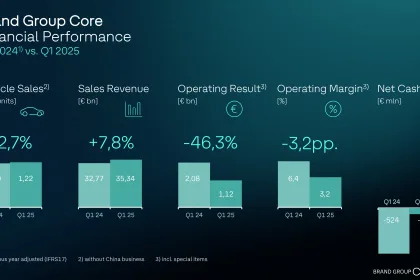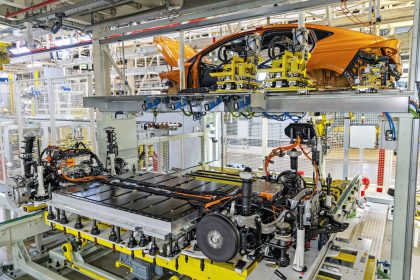- A new era for Škoda in the small car segment: The first-generation Fabia was unveiled at the Frankfurt Motor Show on 14 September 1999
- Considerable sales success: Over the past 25 years, almost five million units have been delivered across four model generations
- Outstanding rally achievements: From the Fabia WRC and Fabia Super 2000 to the current Fabia RS Rally2
For the past 25 years, the Škoda Fabia has played an indispensable role in the history of the Škoda brand and the small car segment. The first generation made its debut on 14 September 1999 at the Frankfurt Motor Show, quickly winning over customers with its advanced technology. The subsequent three generations built on that foundation, with nearly five million units sold to date. The Fabia has also left a lasting mark on motorsport, entering the scene in 2003 with the Škoda Fabia WRC, a legacy that the current Fabia RS Rally2 continues with considerable success.
When the all-new Škoda Fabia took centre stage at the Frankfurt Motor Show on Tuesday, 14 September 1999, it marked the beginning of a remarkable success story for the Mladá Boleslav-based carmaker in the small car segment. Even after a quarter of a century, this legacy lives on in the fourth-generation Fabia, which continues to enjoy high demand internationally thanks to its proven strengths, such as spaciousness, agility and excellent value for money.
First-generation Škoda Fabia (1999 – 2008)
The Škoda Fabia was among the main premieres at the 58th Frankfurt Motor Show. It debuted as a five-door hatchback, measuring 3,960 mm in length, and was positioned as the successor to the Škoda Felicia. Less than a year after its launch, an estate version followed, and in 2001, a saloon went into production. The design of the first-generation Fabia was created by a team of around twenty designers, led by Škoda’s then-head of design, Dirk van Braeckel. The first-generation Fabia was built on the advanced small car platform PQ24, and offered a wide range of powertrains. In March 2003, the sporty RS variant made its debut – with a powerful 1.9 TDI turbo diesel engine producing 96 kW, combining dynamic performance and fuel efficiency.
Second-generation Škoda Fabia (2007 – 2014)
In March 2007, the second-generation Škoda Fabia premiered at the Geneva Motor Show. Based on the same platform as the first generation, the new model was slightly longer (+22 mm) and taller (+47 mm). In September 2007, the practical estate version was unveiled. In 2009, the Scout variant and the RS version with a 1.4 TSI petrol turbocharged engine (132 kW) joined the line-up. This Fabia generation featured the popular Monte Carlo version for the first time.
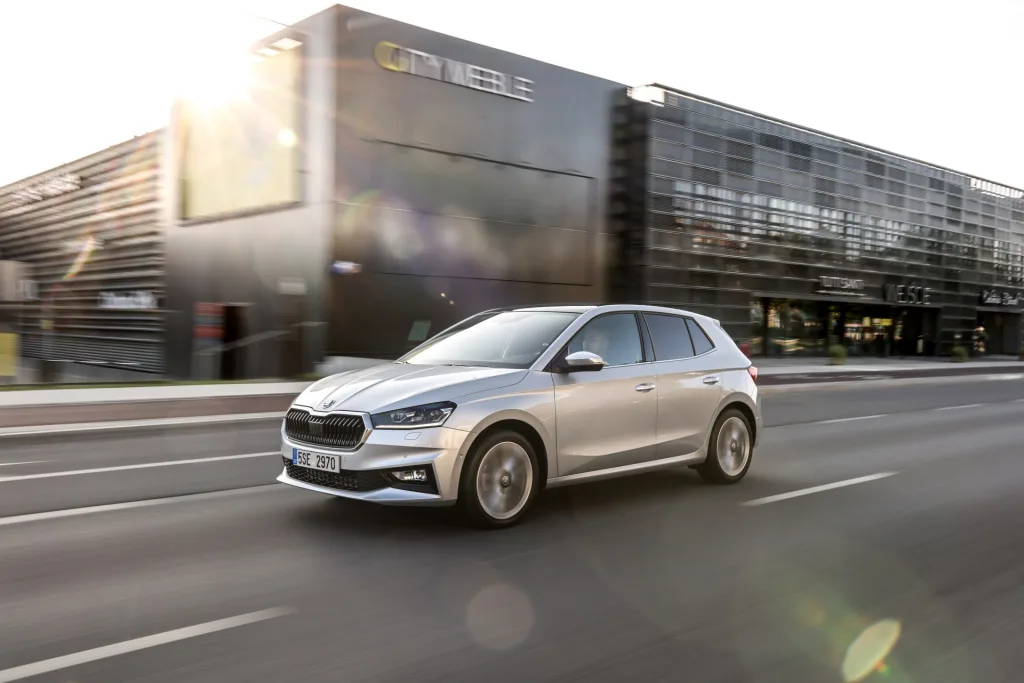
Third-generation Škoda Fabia (2014 – 2022)
The third-generation Škoda Fabia was unveiled at the Paris Motor Show in October 2014. Technologically, it benefited from the modern PQ26 platform, while the design took on sharper and more dynamic lines, aided by a change in proportions; the car was 90 mm wider and 30 mm lower than its predecessor. Significant improvements were made to the safety and comfort features, as well. For the first time, the Škoda Fabia was equipped with Front Assist, adaptive cruise control, and a driver fatigue monitoring system. The 2018 facelift further expanded the model’s features, introducing full LED headlights and blind-spot monitoring.
Fourth-generation Škoda Fabia (2021 – present)
The most recent generation of the Škoda Fabia was introduced in the spring of 2021 as a five-door hatchback, built on the MQB A0 platform. Its design is the work of a team led by Head of Škoda Design, Oliver Stefani. The fourth generation exceeds 4.1 metres in length, and its boot space has increased to 380 litres, 50 litres more than the previous generation. The vehicle is equipped with state-of-the-art features such as Travel Assist 2.0, Automatic Parking, Lane Assist, Traffic Sign Recognition, Side Assist for lane changes, and Front Assist with predictive pedestrian and cyclist protection.
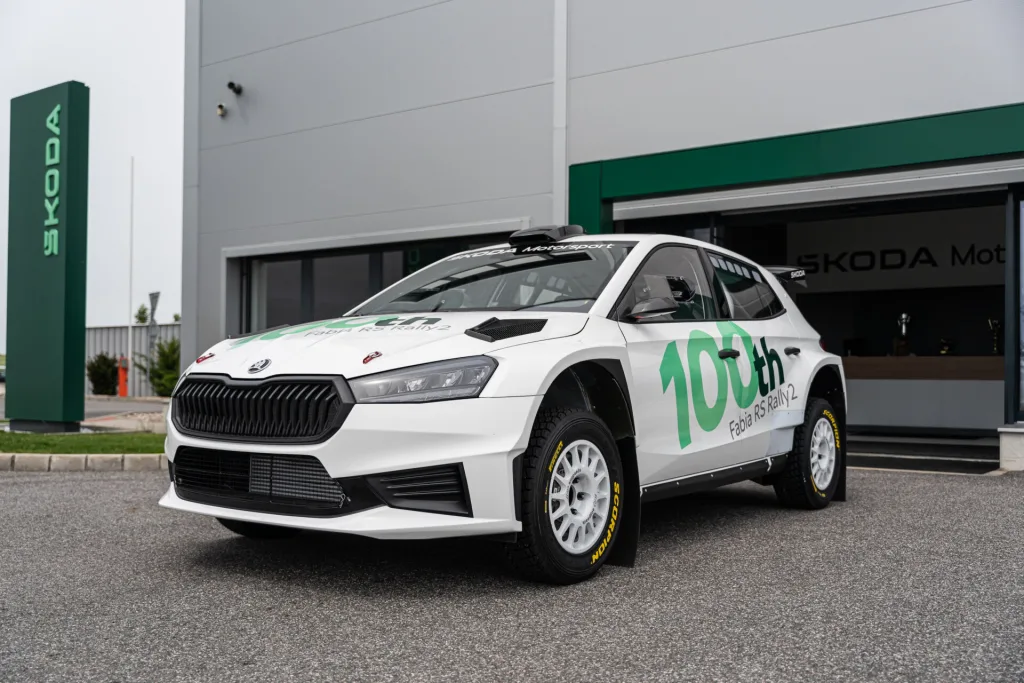
Dominance in motorsport
Across all generations, the Škoda Fabia has made a remarkable impact on the international rally world. After Škoda entered this motorsport segment with the first-generation Fabia WRC (2003), the Czech car manufacturer shifted its focus with the second generation towards a more affordable competition category. In 2009, the Škoda Fabia Super 2000 hit the rally scene, achieving a host of successes for both the Škoda Motorsport factory team and customer teams worldwide. However, the true milestone that solidified the Mladá Boleslav brand’s expertise in motorsport came with the third generation Fabia in 2015, when the car entered the WRC2 category. Racing teams around the world purchased over 470 Rally2 and Rally2 evo cars, making them the best-selling and most successful rally specials to date. The current fourth-generation Fabia serves as the basis for the Škoda Fabia RS Rally2, which continues its road to success with victories in national and international championships.

